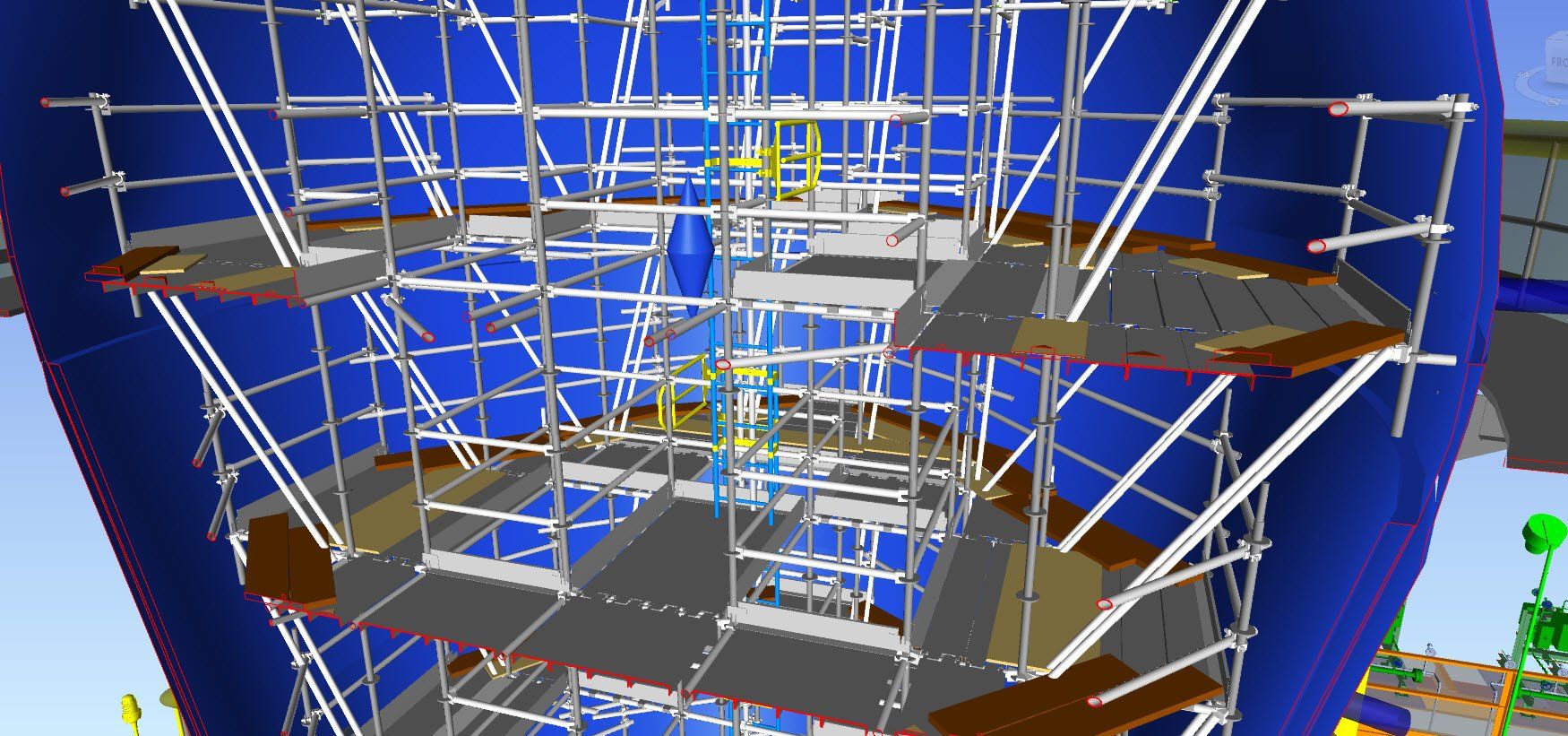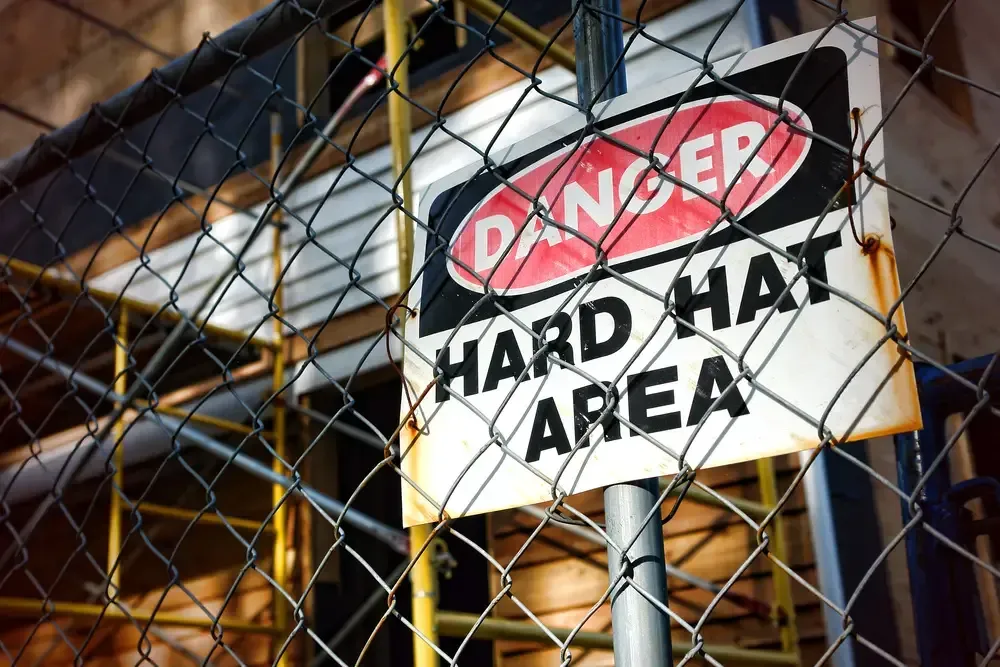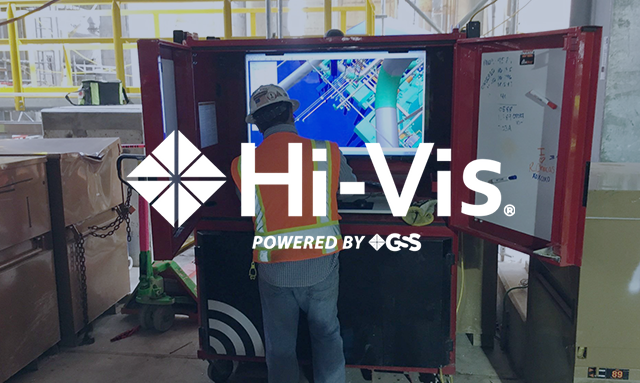Eliminate Scaffolding Project Headaches: How BIM Can Help
There’s a stark difference between envisioning a project in your head and then trying to make it real. Although everything fits together perfectly in your plans, reality often has different ideas. Fortunately, Building Information Modeling (BIM) can help bridge the gap between your vision and the real world, especially when it comes to planning scaffolding projects.
Understanding BIM
BIM uses advanced software to create a three-dimensional model of your scaffold. This doesn’t just mean a visualization of what it will look like once erected — BIM effectively “builds” a virtual scaffolding system down to the last coupling. Every component is accounted for, all using the exact dimensions of each element. This serves as your blueprint, parts list and site plan all in one, ensuring that there will be virtually no surprises once you arrive on the actual jobsite.
In addition, BIM also integrates all the information into what’s known as a Common Data Environment (CDE). This enables all the various stakeholders to collaborate on the plans no matter where they are.
How BIM Transforms Scaffolding Projects
- Enhanced Planning and Design: By creating a virtual model in full detail that includes every single tube, coupling and bolt, BIM enables you to spot any flaws in your designs before you discover them on the jobsite. It also ensures the most detailed planning possible, ensuring you'll know exactly what you're getting into before you start doing anything in the real world.
- Improved Collaboration: With a centralized repository of information in the CDE, BIM makes it much easier for all your project's various stakeholders to collaborate. You can eliminate delays and miscommunications related to your scaffolding by showing everyone involved the latest revisions to the plans. You'll be confident that everyone sees only the most current information, as well.
- Accurate Material Management: Thanks to BIM, you no longer need to estimate what you'll need for your scaffold project. As soon as you finalize your design, you'll know exactly how much material you'll need. This makes inventory management and cost estimation much more effective and prevents delays caused by insufficient supplies. You can count every bolt because you'll be able to see all of them in the design as if it were standing right in front of you in real life.
- Safety and Compliance: Rather than hoping the scaffolding you just set up will be safe enough for workers, BIM lets you simulate various scenarios so you can spot any potential faults. You'll be able to identify hazards prior to setting up your scaffolds, which can be a huge boon to your safety management and regulatory compliance efforts.
- Efficient Scheduling: Because it can integrate with many of the software tools and platforms you already use, BIM can help facilitate accurate scheduling and coordination. This means you can streamline your project's timelines and cut back on anything that might delay or upend your work.
- Real-Time Updates and Modifications: Any changes you make to the BIM model are instantly reflected in the plans. This helps you maintain the highest levels of accuracy in your project and keep your timelines on track at all times.
Global Site Solutions — Your Scaffolding BIM Partner
Being able to create a virtual model of your scaffolding that’s true to every detail can be a significant boost to the efficiency and safety of your project. Global Site Solutions’ Hi-Vis® scaffolding management software helps you leverage the capabilities of BIM to deliver stronger outcomes from all your projects. If you want to learn more about how Hi-Vis® can transform your operations and help you become more effective, reach out and speak with one of our helpful representatives today.
You might also like
GSS Blog











